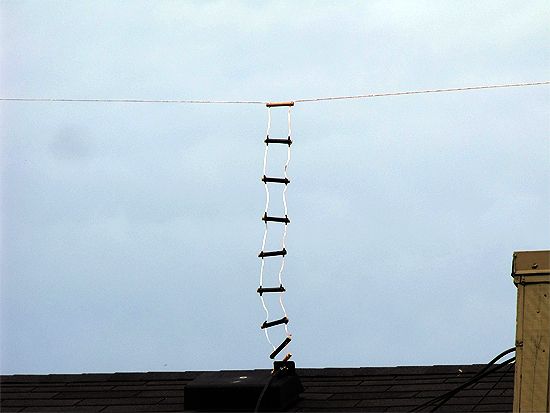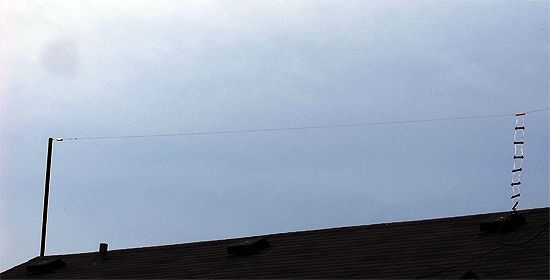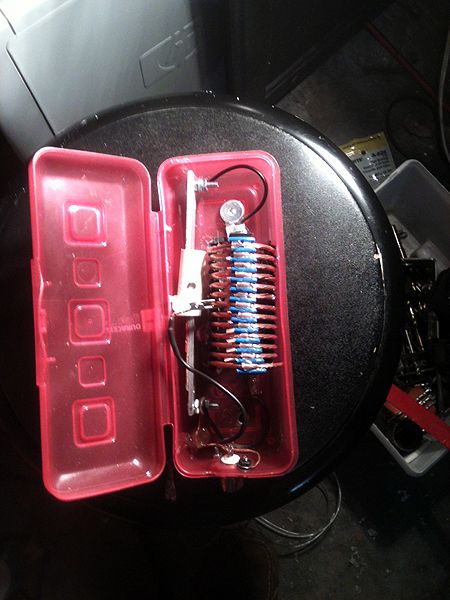Anyone thought about adding 3 or 4 diagonal radials (like on a CB starduster) 22' 9.5" long to a 5/8 wave CB antenna.
Seems like you would end up with a vertical extended double zepp antenna. It would look like a giant sized StarDuster.
I have been trying to figure out how to make a self supporting vertical EDZ other than with just the typical wire stretched out and the coax at a 90 deg angle.
Appreciate any suggestions or comments.
Seems like you would end up with a vertical extended double zepp antenna. It would look like a giant sized StarDuster.
I have been trying to figure out how to make a self supporting vertical EDZ other than with just the typical wire stretched out and the coax at a 90 deg angle.
Appreciate any suggestions or comments.




